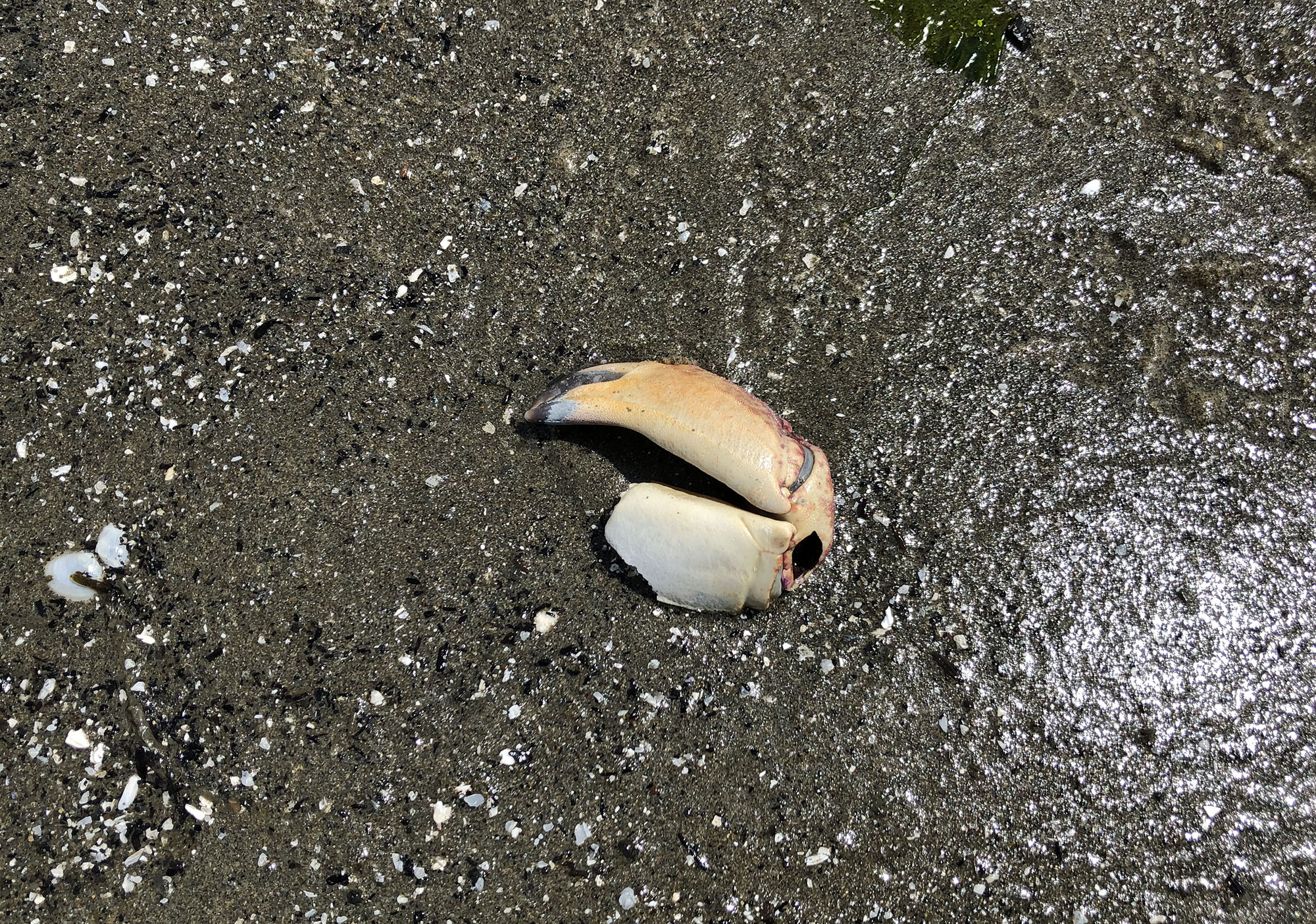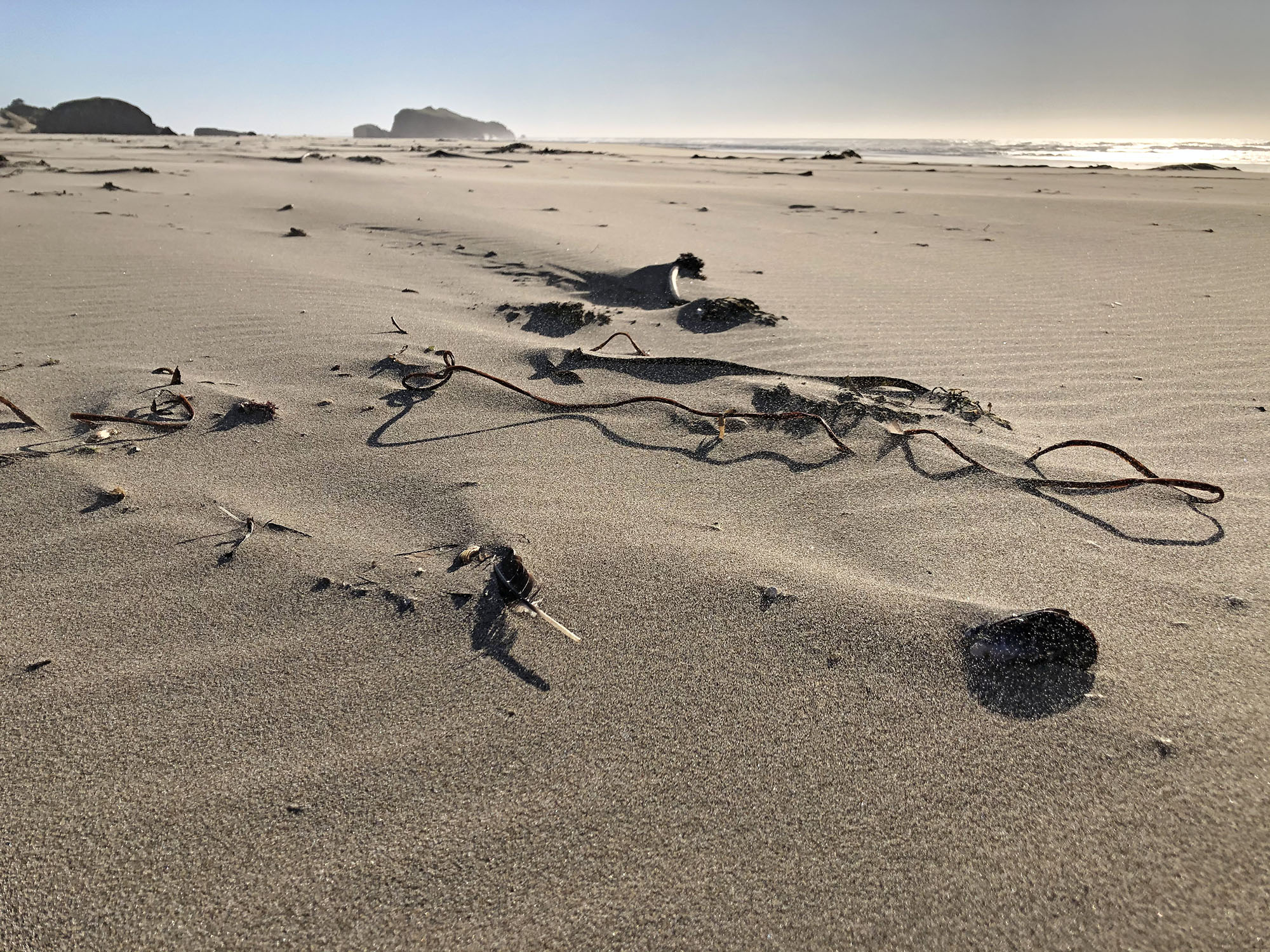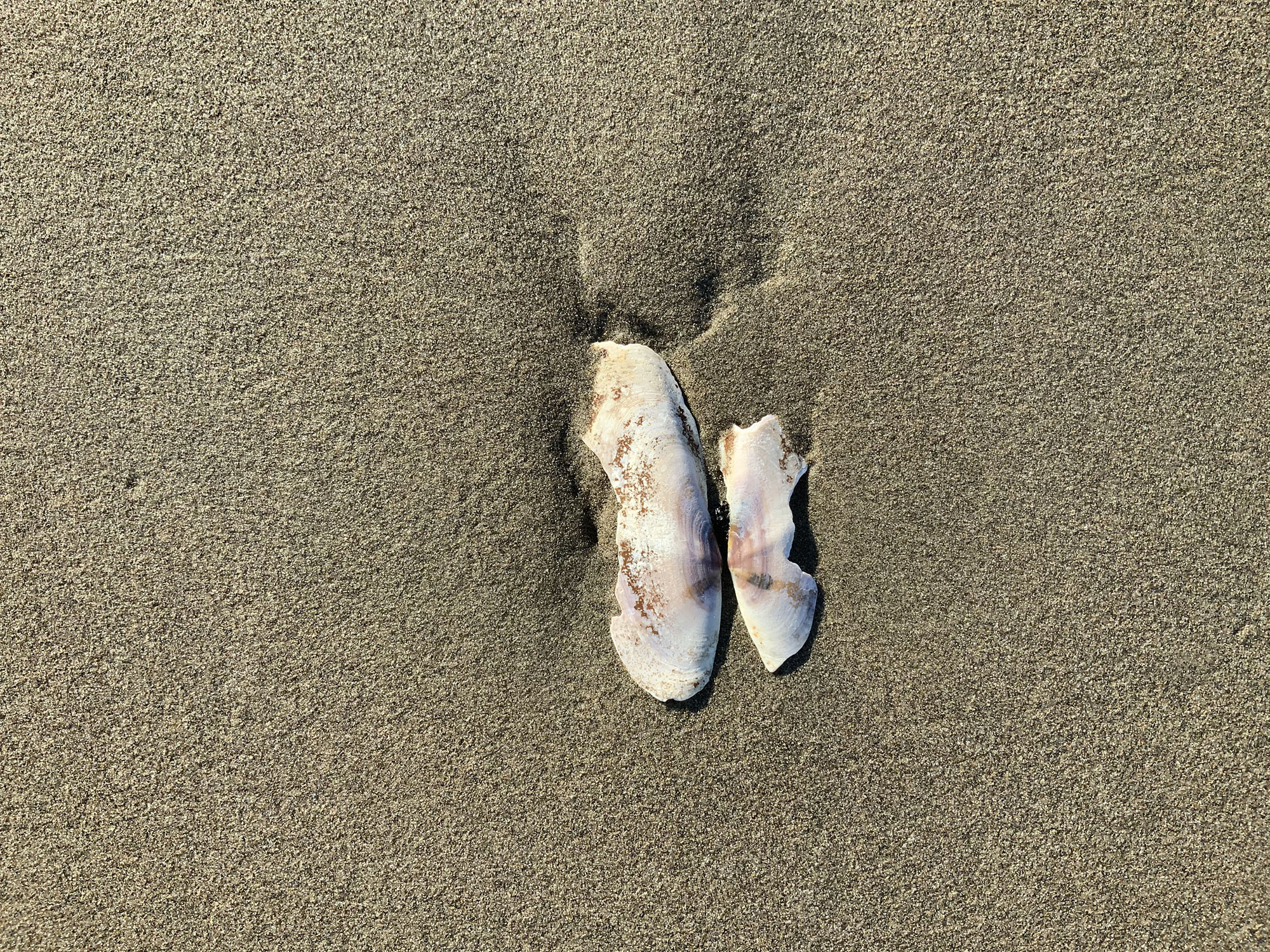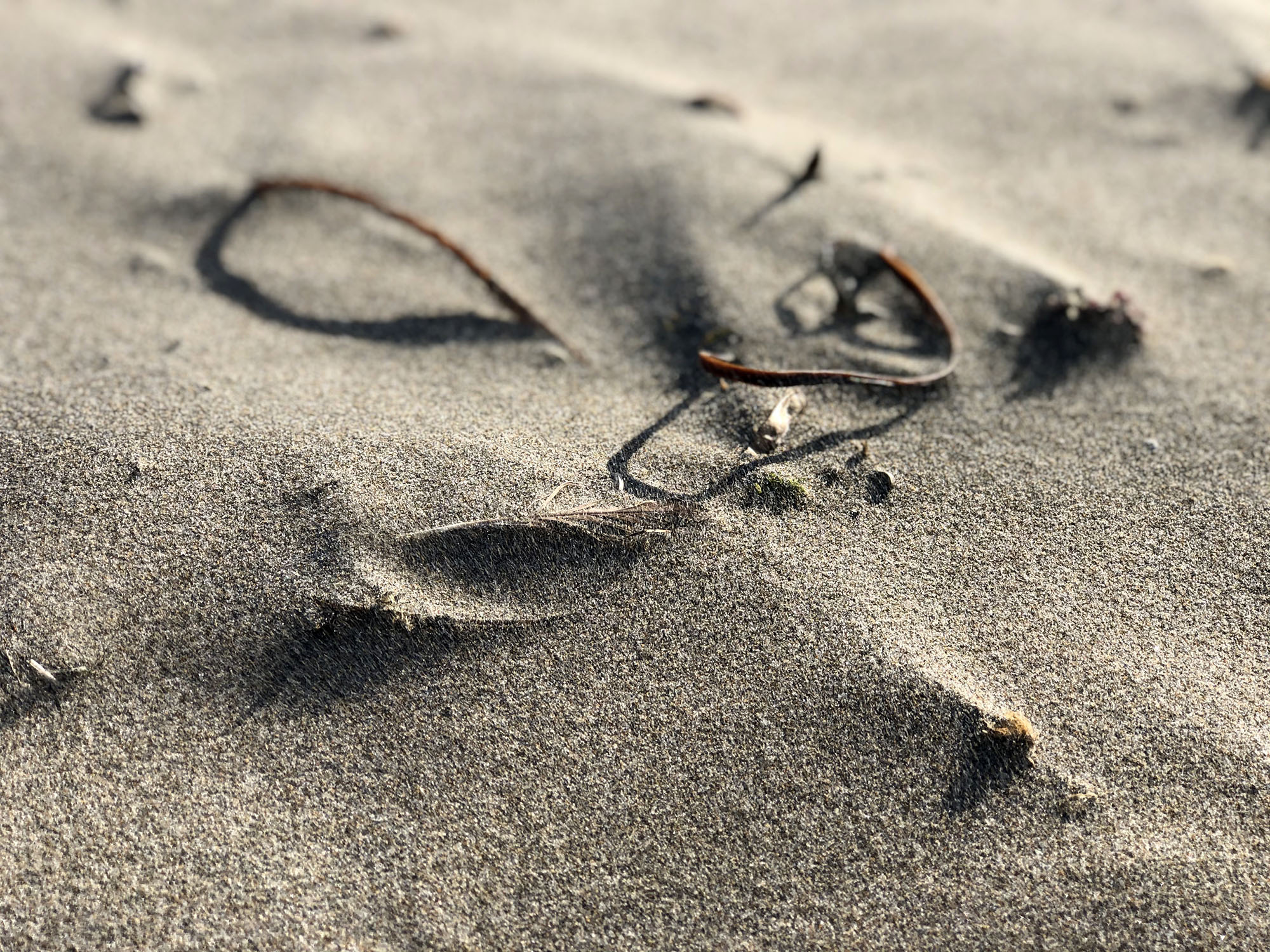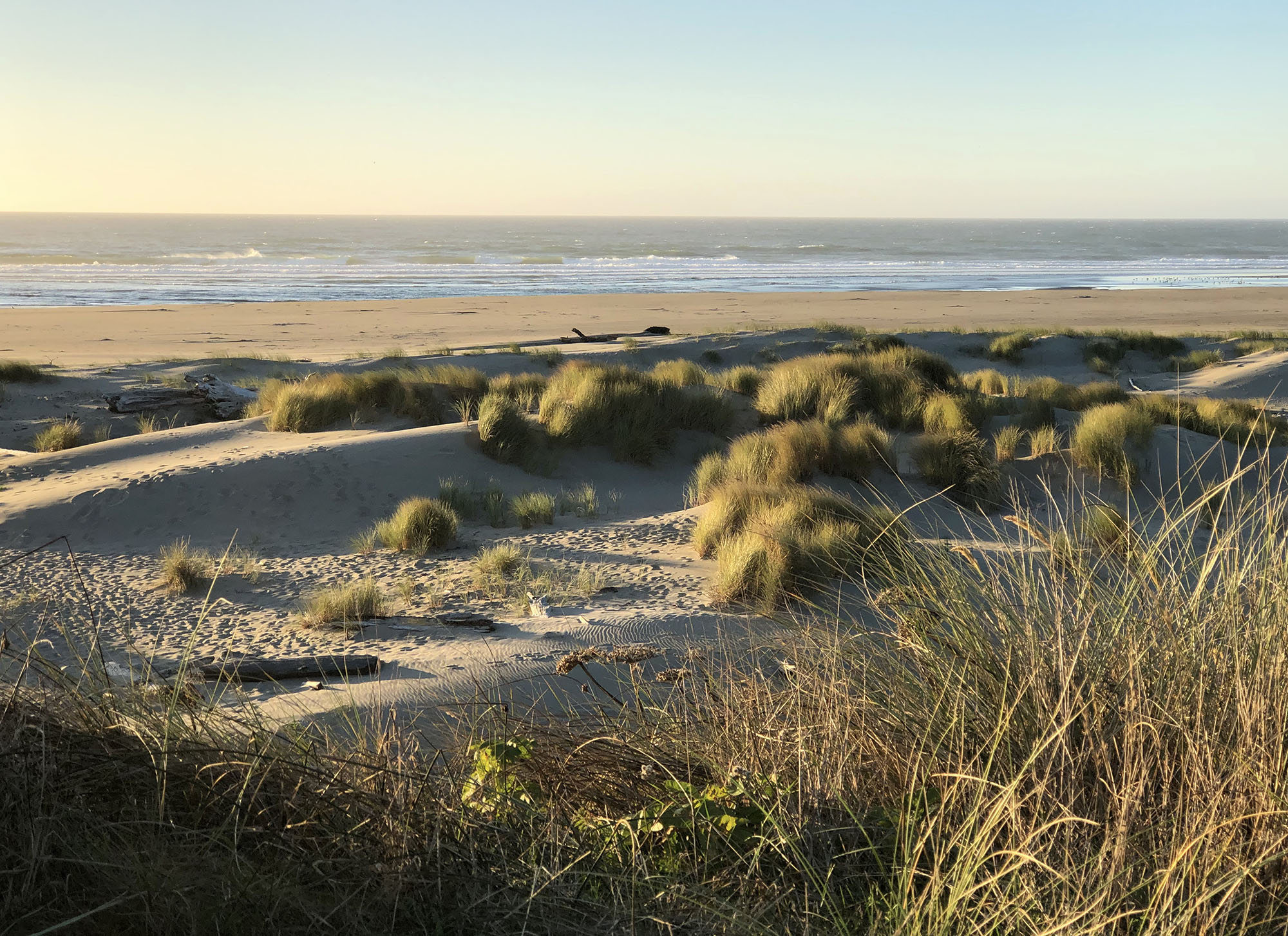
Beach Abiotic & Biotic Characteristics of Sandy Shores

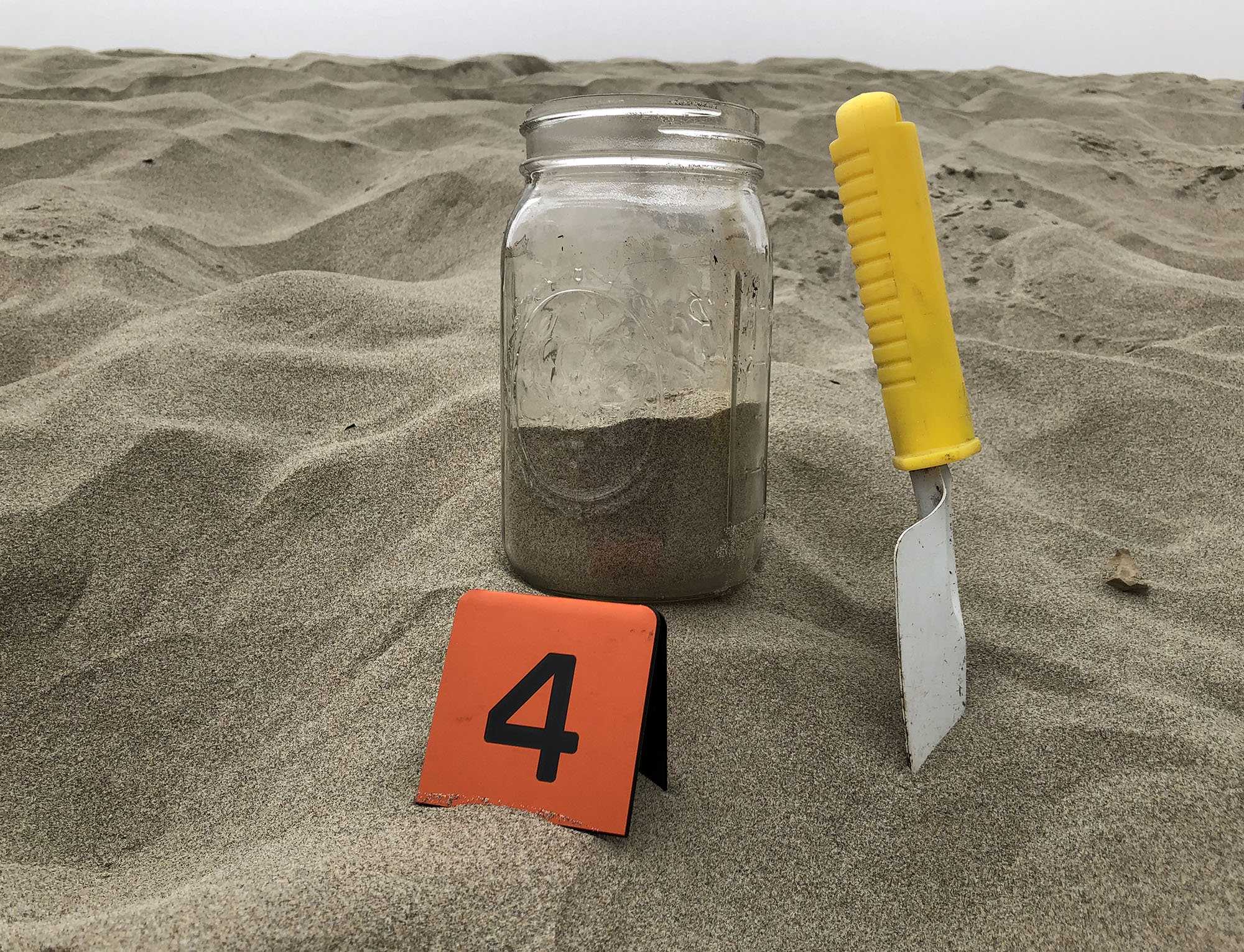
Beach Objectives
-
Describe the characteristics of beach sands, including source and composition.
- Provide examples of common beach organisms, including their survival strategies and roles within functional classification.
- Explain how invasive plants have impacted pacific northwest beach communities.
Imagine a vacation getaway (if we can at this time). A place you can go to that is a relaxing escape. Many people envision a beach somewhere in the world.
We are heading down highway 101 in this module for photos and video footage in this module, and that includes magnificent beaches.
This term we have a record number of students who have never visited Oregon. We hope everyone has a chance to visit at some point and experience a sense of familiar “place” with Pacific Northwest ecosystems.
Beaches are unique ecosystems with a rapidly shifting landscape and organisms that can survive in these harsh conditions.
If you have been on a beach on a windy day, you know that the sand gets everywhere. This means that organisms either get blown around or have to shelter within the sand or in the water.
Sand
Sand is largely eroded minerals, often from coastal cliffs.
Abundant minerals can make sand dramatic colors.
Broken down materials including sea shells and eroded glass can accumulate in some sands.
One of the most remarkable examples of sand is the human-created debris of Glass Beach, in California.
Beach Organisms
If you study the sand, especially along the waterline, you can find air holes that indicate the presence of a variety of under the sand, including clams and crabs.
Sand dollars are examples of a type of sea urchin that burrows within sand. We typically find their dead sub-bleached remains.
Quadrats can be used on sand to study small surface organisms. You can also dig with a shovel a set depth into the sand.
Some organisms like this small crustacean come to the surface. Their behaviors can be intricate. Watch the movements in the video, the photo below is the pattern my hand made in the sand while holding the camera and tracking the animal’s movement.
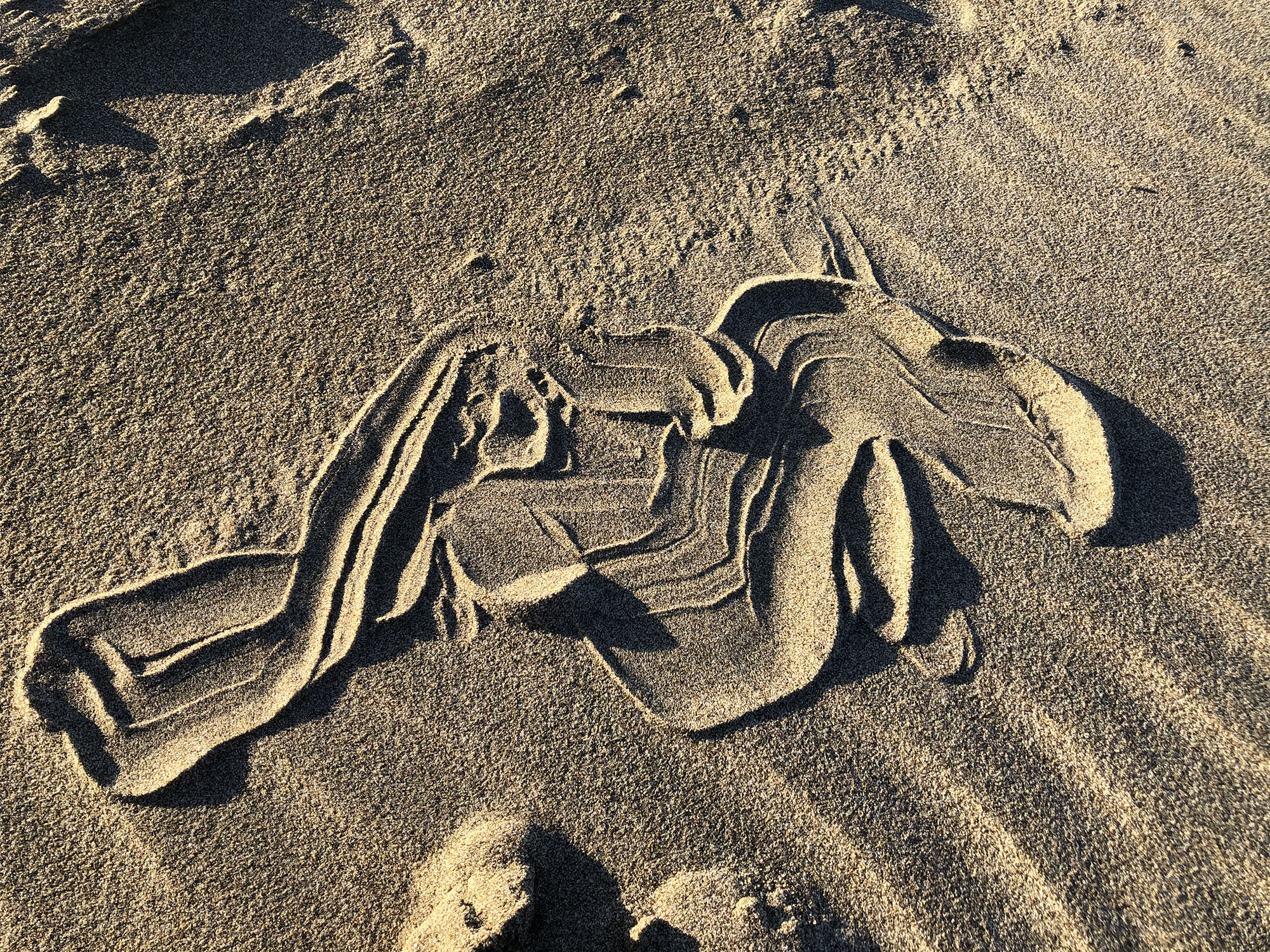
Invasive Species
We are at the Oregon National Dunes, starting in Florence Oregon, heading south on Highway 101.
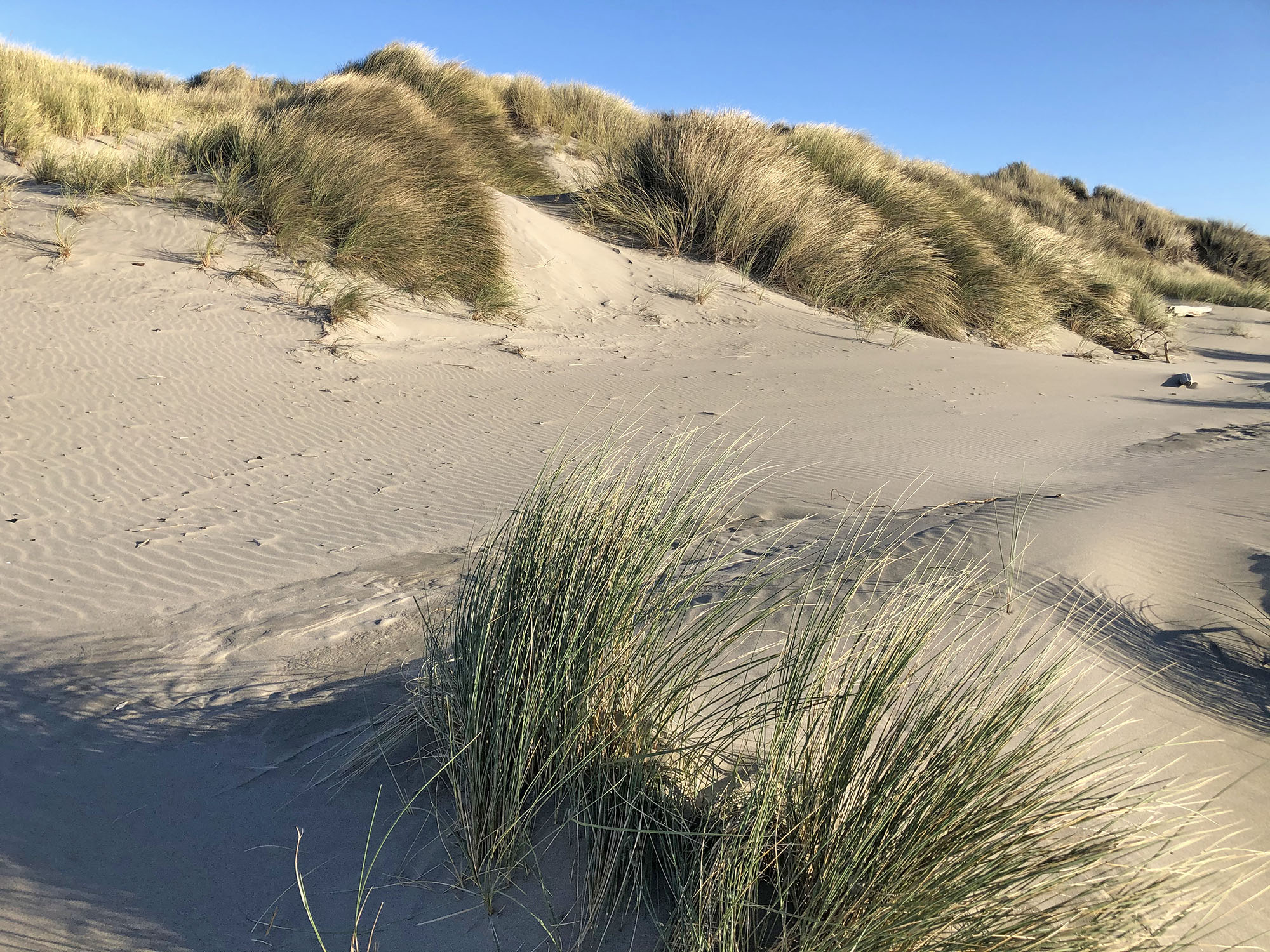
Beaches around the world have their own native plants and unique communities of organisms. Unfortunately, some species were brought in by humans that are outcompeting endemic (native) species and growing so excessively that they can also threaten human land use.
European beach grass was transplanted to lake shores and ocean coasts in North America with the intention of stabilizing the always shifting sand. This is particularly important if you are trying to build structures and recreation sites close to the water. This grass has outcompeted many native species and well grown beyond its intended areas.
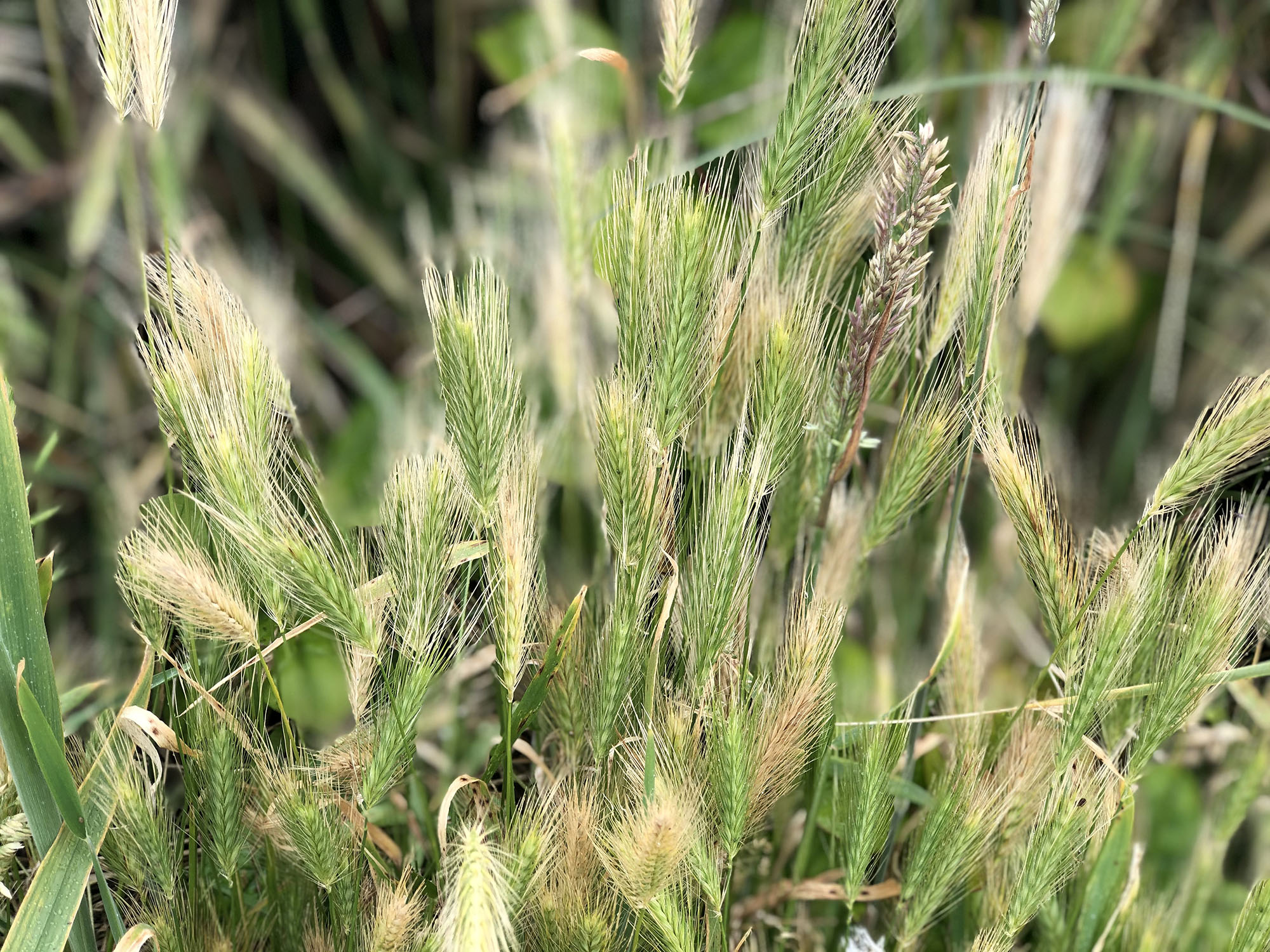
This is a grass species (Family Poaceae); how is it pollinated and what can spread its small seeds? This is addition to toleration of wet, dry, and salty conditions makes this a highly successful species.
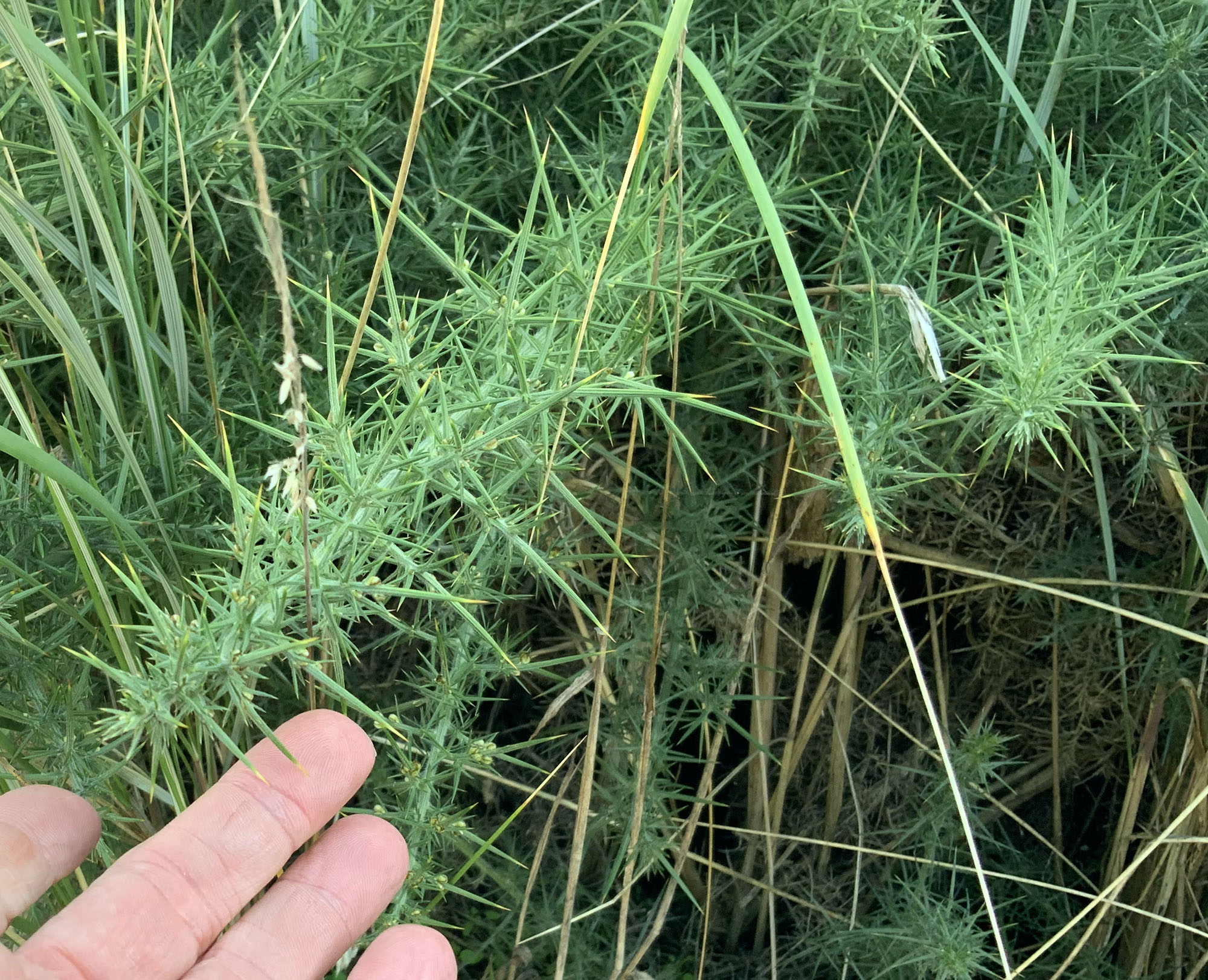
Gorse was purposely brought to the Oregon Coast by an individual who wanted to garden with plants from their original home country. It does have pretty yellow flowers. However, it also has needle-like leaves and the plants can grow tall and thick. Gorse has not only invaded wild areas, it is also encroaching on grazing and crop land.
This gives you an idea of height; Mark is 6 foot and four inches in height. Cutting through this type of shrub takes heavy clothes, gloves, and long blades.
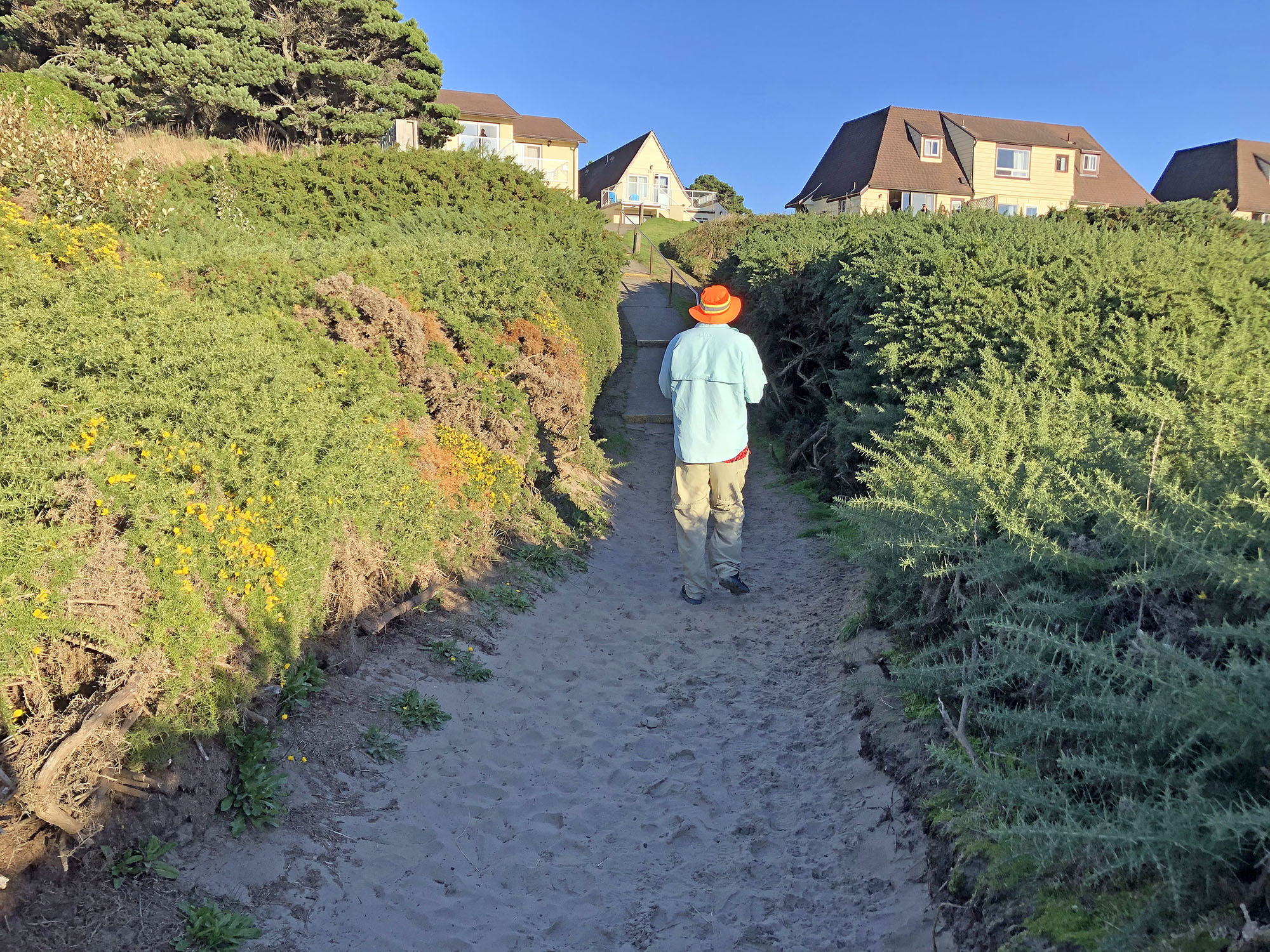
We are at a research site near Bandon, Oregon. Various techniques are being tried to eliminate Gorse.
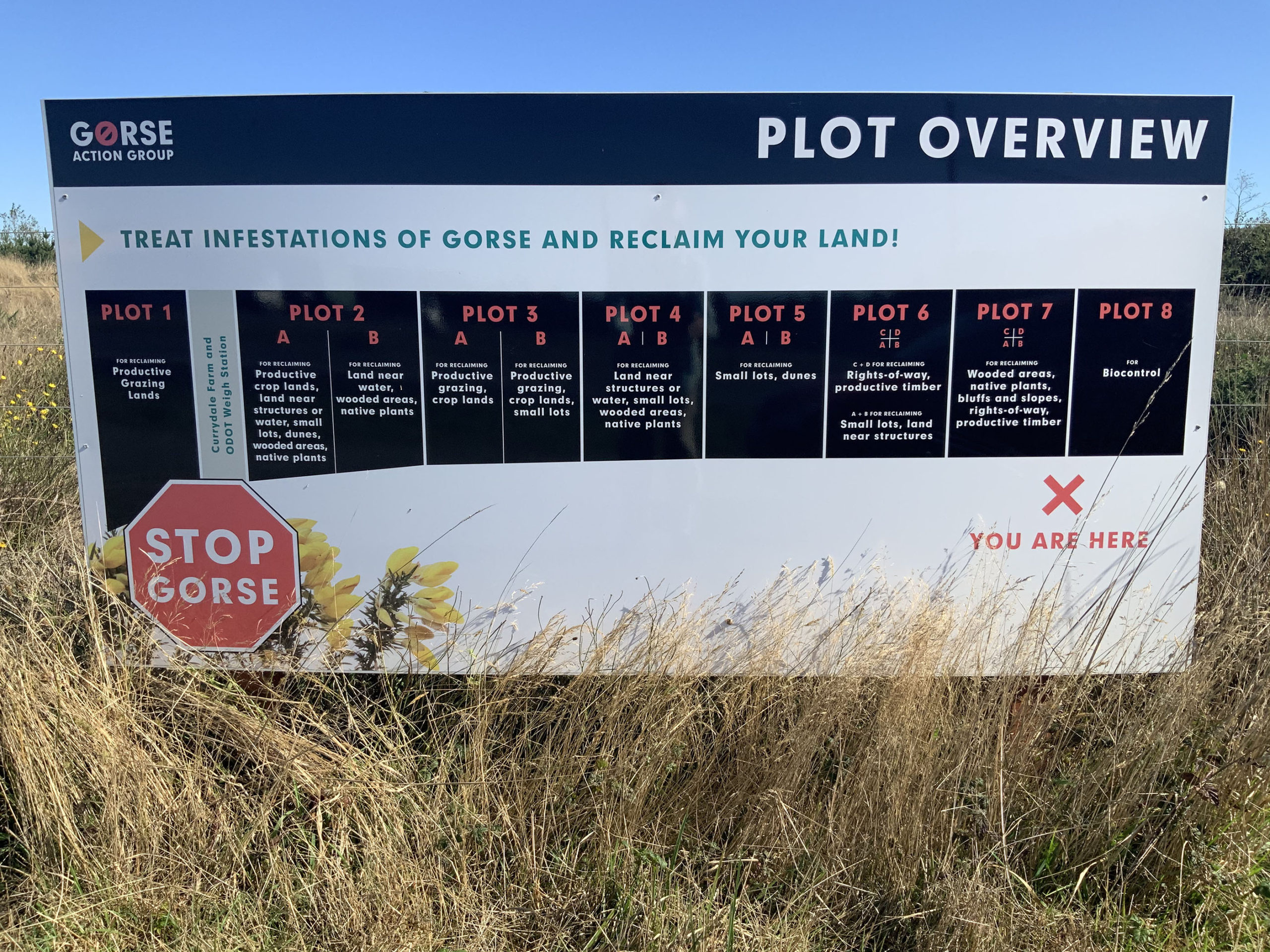
These are the treatments being tried. Which do you think would be most successful?
The next video shows the results.
Now we are driving slowly by the test plots in our car. Which treatment seems the most successful? Below is a photo of plot #1 that was off of the road.
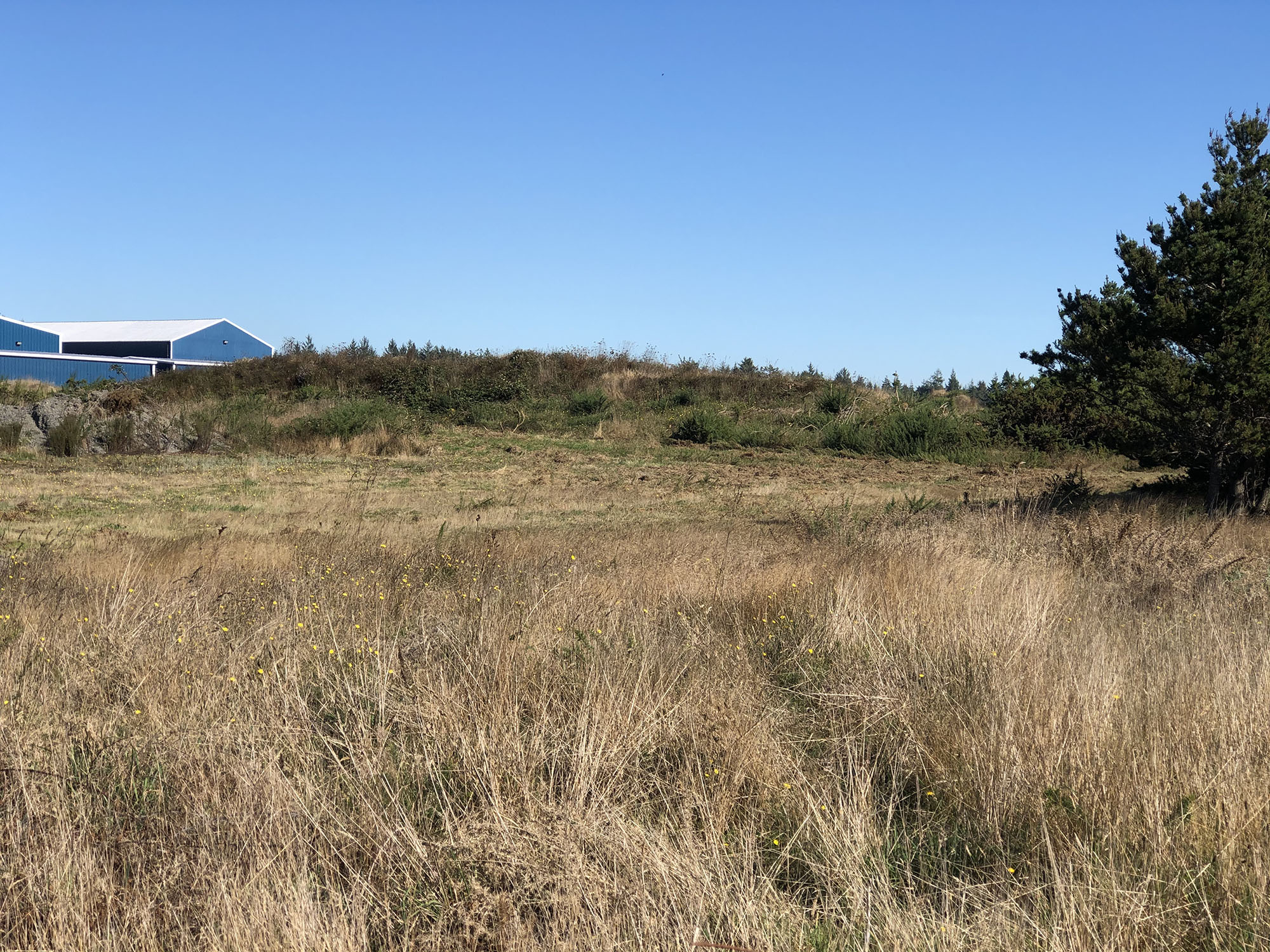
Unfortunately once the gorse is removed, other invasive species can fill their spots. The tall spiky plant to the right of the gorse in the cleared treatment area is Scotch Broom, another problematic invasive species.
Beach Debris
Much of the debris on beaches is the remains of dead organisms brought in by the tides. These remains support a food webs of scavengers like seagulls, as well as smaller detritivores.

Beach pollution can come in the form of water pollution (Guide 8B) or solid waste. Plastic wastes are an increasing concern as large wastes can harm organisms that get caught in them or ingest them.
Different than when we arrived in Oregon over 30 years ago, you can now find plastic waste on every beach, sometimes every few steps. And that is just the visible pieces.
As plastics erode into smaller pieces over time, the microplastics are easier to digest and may negatively impact coastal organisms.
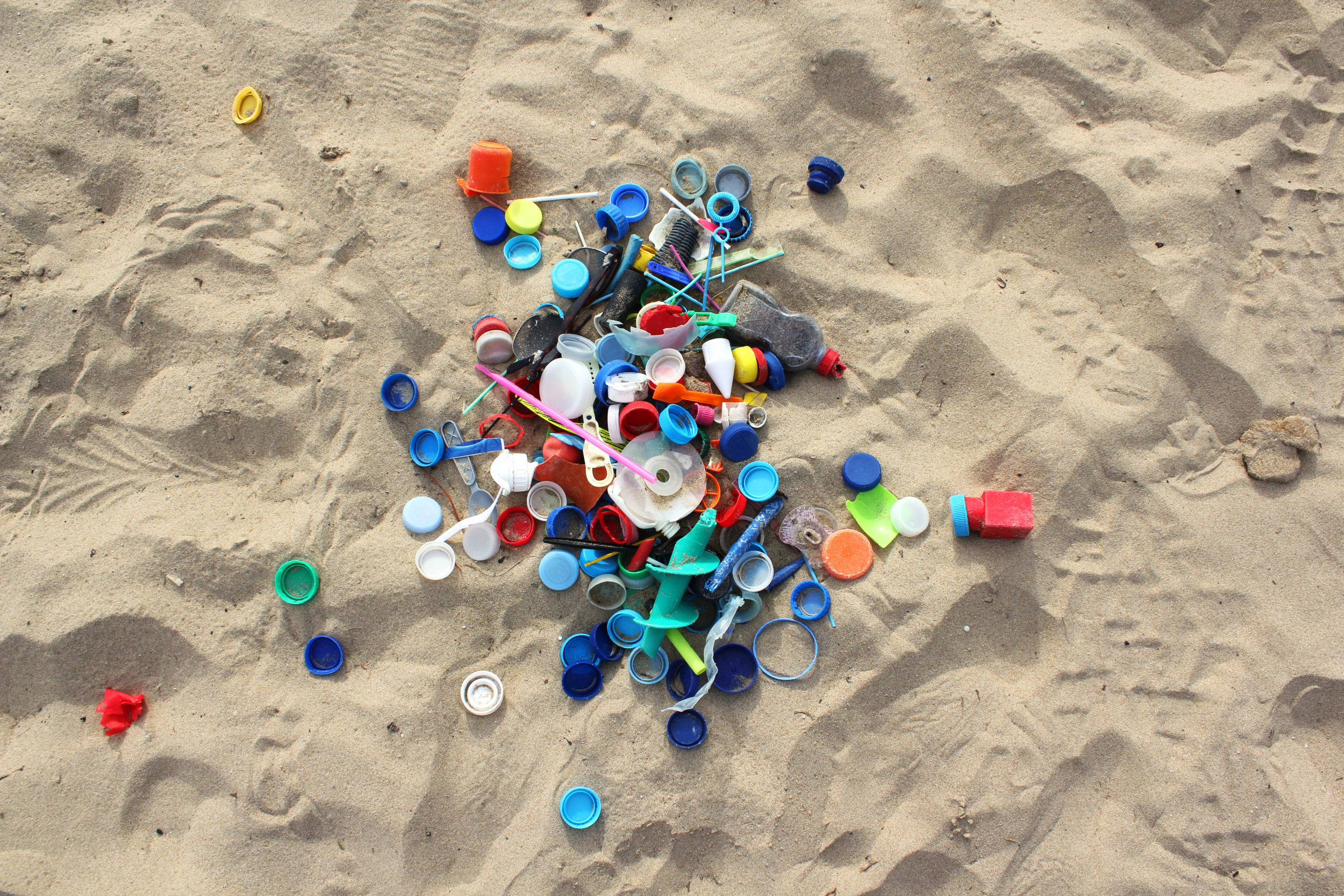
Many people take an extra bag and gloves with them to the beach to pick up and dispose of debris while looking for shells or other objects. There is more on beach-combing in this Guide’s resources page.
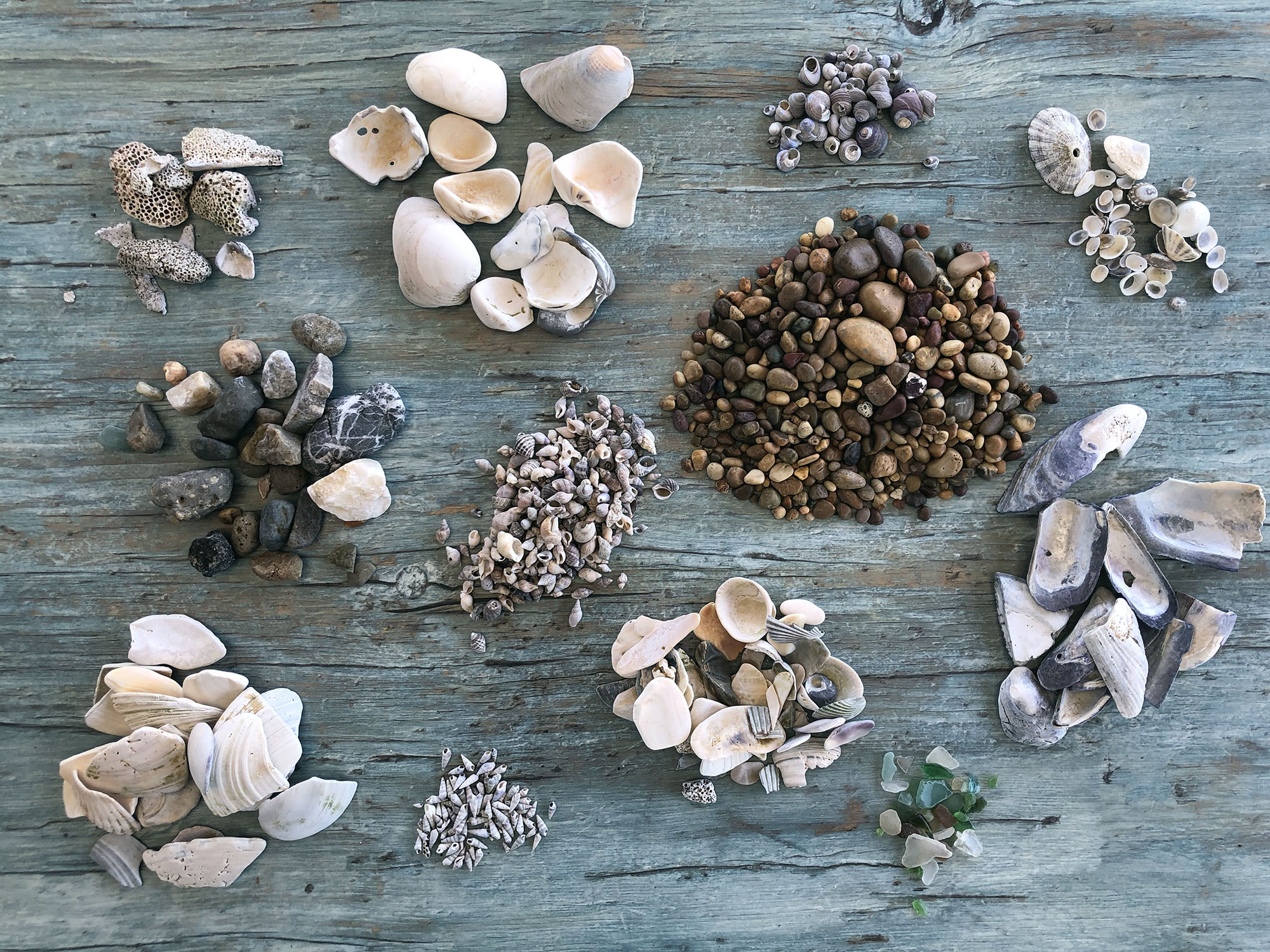
This is the end of Guide 6A. Please proceed to the product page. We will have more on marine ecosystems in Guide 6B.

Check your knowledge. Can you:
-
describe the characteristics of beach sands, including source and composition?
- provide examples of common beach organisms, including their survival strategies and roles within functional classification?
- explain how invasive plants have impacted pacific northwest beach communities?
